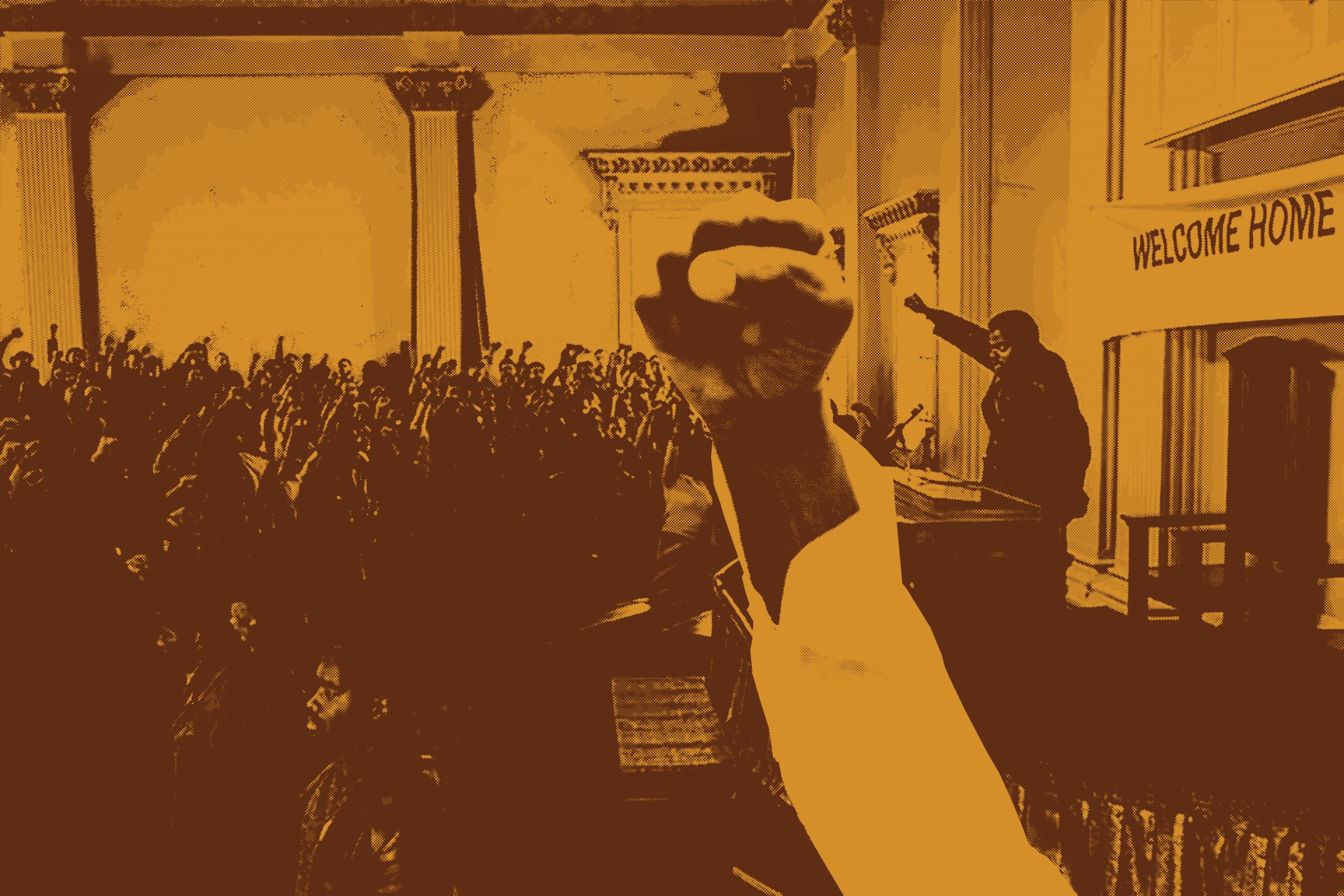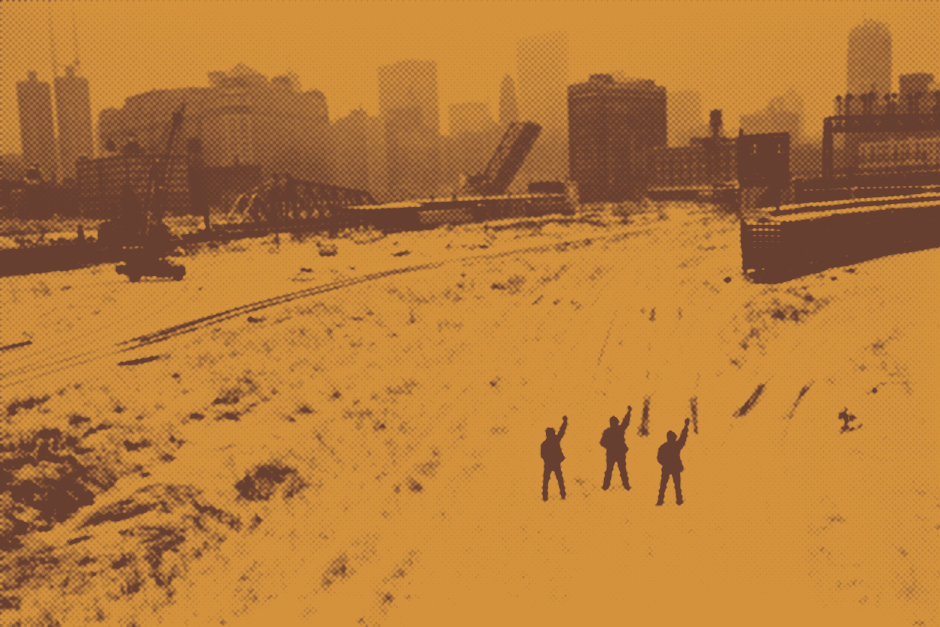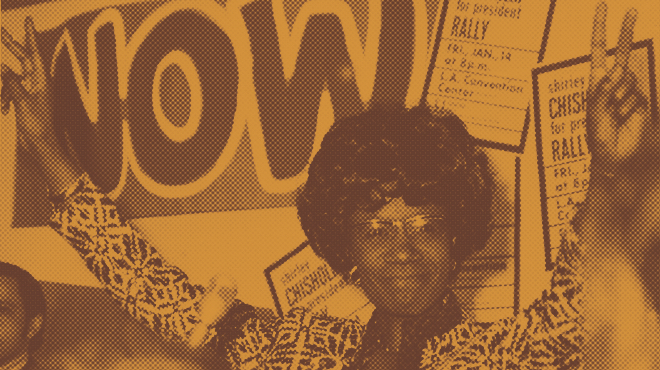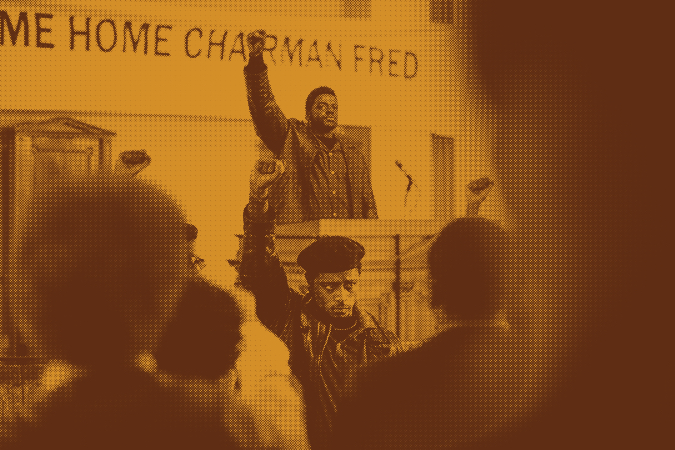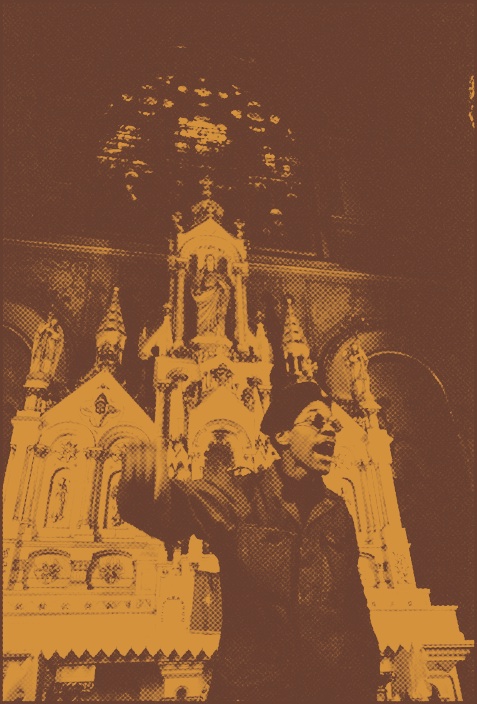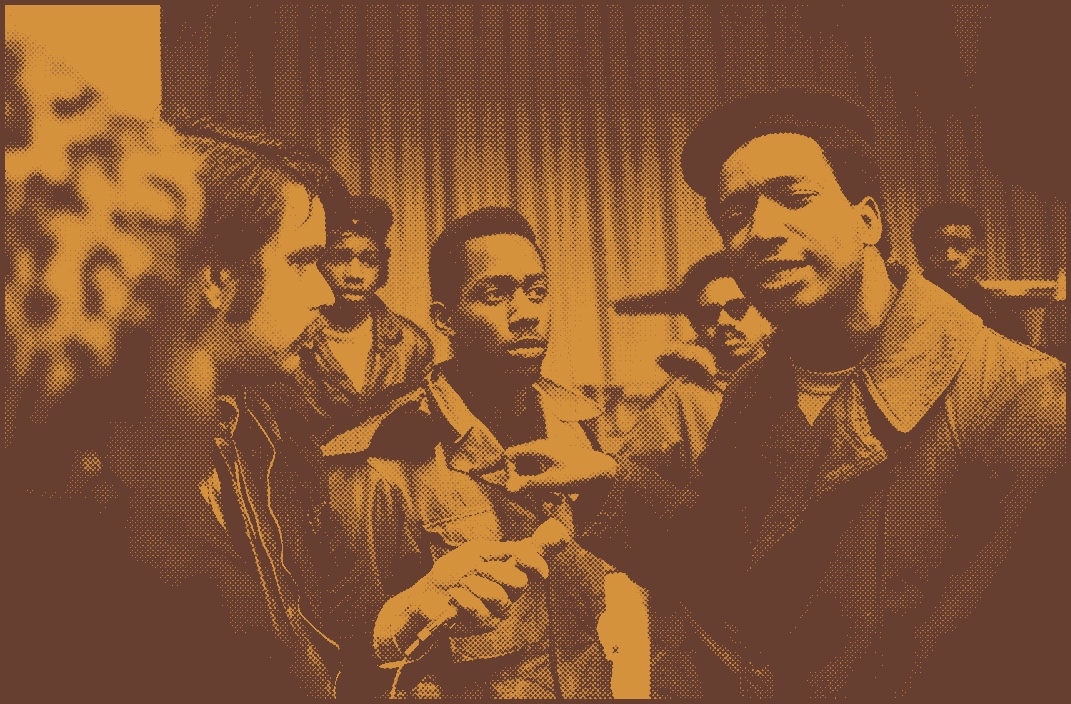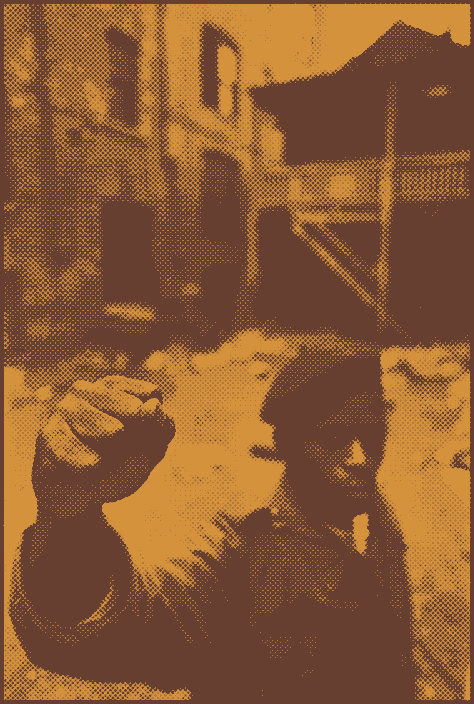Fair use, an esoteric exception to copyright law, allows the “limited” and “transformative” use of another author’s or artist’s work without permission. But citing the doctrine puts you at risk of being sued, which pushes productions to hire lawyers or legal counsel for protection. And the conditions for fair use are becoming more conservative. On May 18, 2023, the Supreme Court ruled that Andy Warhol’s orange silkscreen portrait of Prince, for which Warhol referenced a photograph by Lynn Goldsmith, was not sufficiently “transformative”—was too derivative of the original photo—for fair use within commercial purposes.1 The case sets a new precedent: “In the past maybe you could get away with not licensing photographs. Now legal precedent has established that photos must be licensed,” Kent says. “It’s [an] ever-evolving interpretation of the law. We have to evolve with that interpretation and adapt and conform our usage to whatever [form] the law takes.” Fair use also multiplies the archival producer’s workload, requiring, among other things, spreadsheets for every archival cue for every cut of the film. Both this legalese and the steep costs and labor associated with legal protection from it make fair use less accessible to productions with fewer resources and further subject the forms of creative expression to financial, political, and legal interpretation.
Because typically only mid- to large-budget documentary productions can afford to hire an archival producer, the role contends with internal politics on top of external ones. They receive notes from the project’s studio or broadcaster, like HBO or PBS, in addition to the editor, the assistant editor, the director, the producers, and the legal department. Everyone I talked with emphasized, with exasperation, their responsibility to “massage” relationships within and outside of the production crew. How do they voice dissent if and when the production utilizes footage in a way they are uncomfortable with? “Diplomatically,” if they can muster the energy, says Lynch. She explains how, in her past work as an archival producer, her long-standing relationships at Corbis granted her physical access to the stacks: “There’s just an intangible quality about finding the right images. And if you don’t understand the project, and I send you a list of Black life in 19-whatever, your eye of that and my eye of that are different, because you’re not a subject specialist related to the film we’re trying to make.” Now such long-term collaborations and physical access are rare. “What is difficult about corporate archives these days,” Lynch says, “is you can build a relationship with a sales rep, but before you know it, that person no longer works there.”
The beleaguering bureaucracy that archival producers endure makes their generative work even more astounding and vital. Lynch explains how her Chisholm documentary helped reset public perception of her subject, the first Black woman in Congress. “When I started the Chisholm film, most people thought she had passed away already, or they looked down on her run for president,” she says. “You look at all the political science books, the feminist women’s studies books, et cetera, of that period in the ’90s, and there’s a devaluing of what she did. She was considered more of a publicity person. Her motives were questioned. [The film] reset how people think about her because we had another visual. We had another way of seeing her. And now I think there are two feature films being produced about her.”
For Lynch, time-crunched commercial productions that have to work with fast, corporate archives “don’t have the timeframe to dig deep enough to do anything revealing” like her Chisholm doc. Contrastingly, independent projects are more capable of bringing “new information and new visuals to the story” by working with slower institutional, regional, and family archives.
The archival producers I spoke with recommended The Black Archives, Emaline and ’Nem, Temple University’s Charles Blockson Afro-American Collection, University of Georgia’s Brown Media Archive, the National African American History & Culture Museum, Critical Paths, and Periscope. The one corporate archive they all recommended was Magnum Photos—though each of them admitted that whenever they can go directly to the photographer or rightsholder of a work in the collection, they do. Working on a different archival project with the distributor Sentient Art Film, I found generative work underway at TAMI (Texas Archive of the Moving Image), a nonprofit, and Entre, a community film center. The latter’s archive focuses on Latinx home movies and oral histories in the Rio Grande Valley. These personal records, among other things, contain the power to correct expensive news media and commercial footage that misrepresent the region, some of which you can find in TAMI’s collection.
I cannot help but think that the power of the archive starts and ends in our homes. “Everyone has an archive. Even your local club has an archive. Archive is everywhere,” Kent reminds me. “Start at home and see what you have. Look at your family members like archives. You can make an archival film in many ways, using material that’s relatively close to you—and for free.” She mentions sometimes tapping her own friends’ family archives for documentaries. But for the release of memories bound up in vaults, archival producers continue to outmaneuver unenviable conflicts at the center of the industry, each triumph a small miracle.
